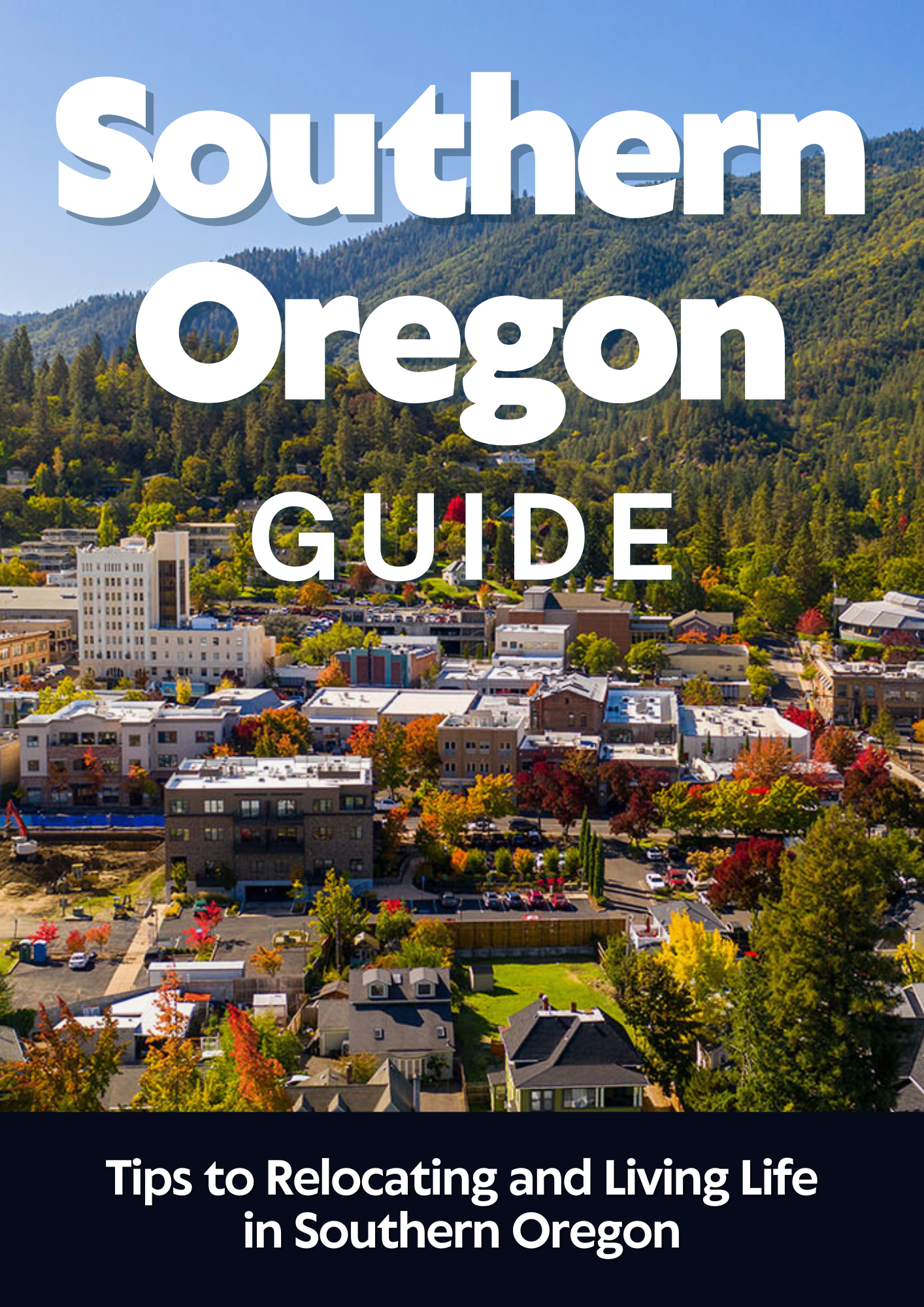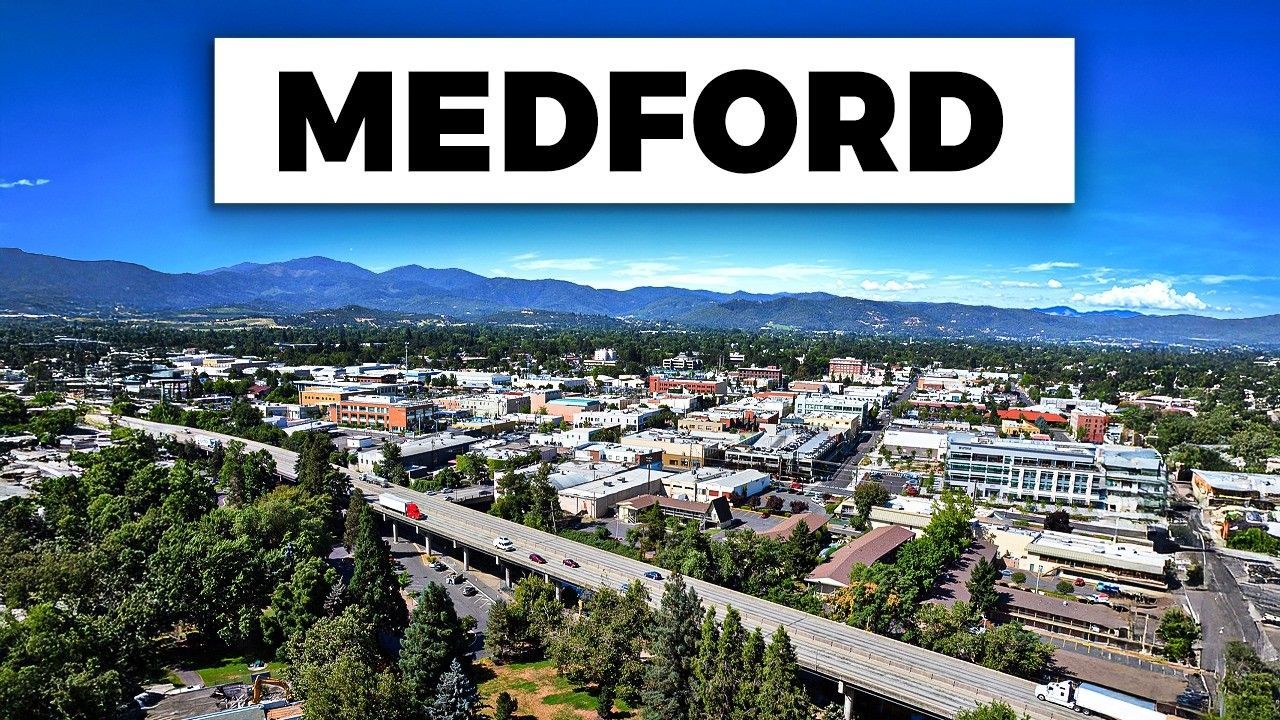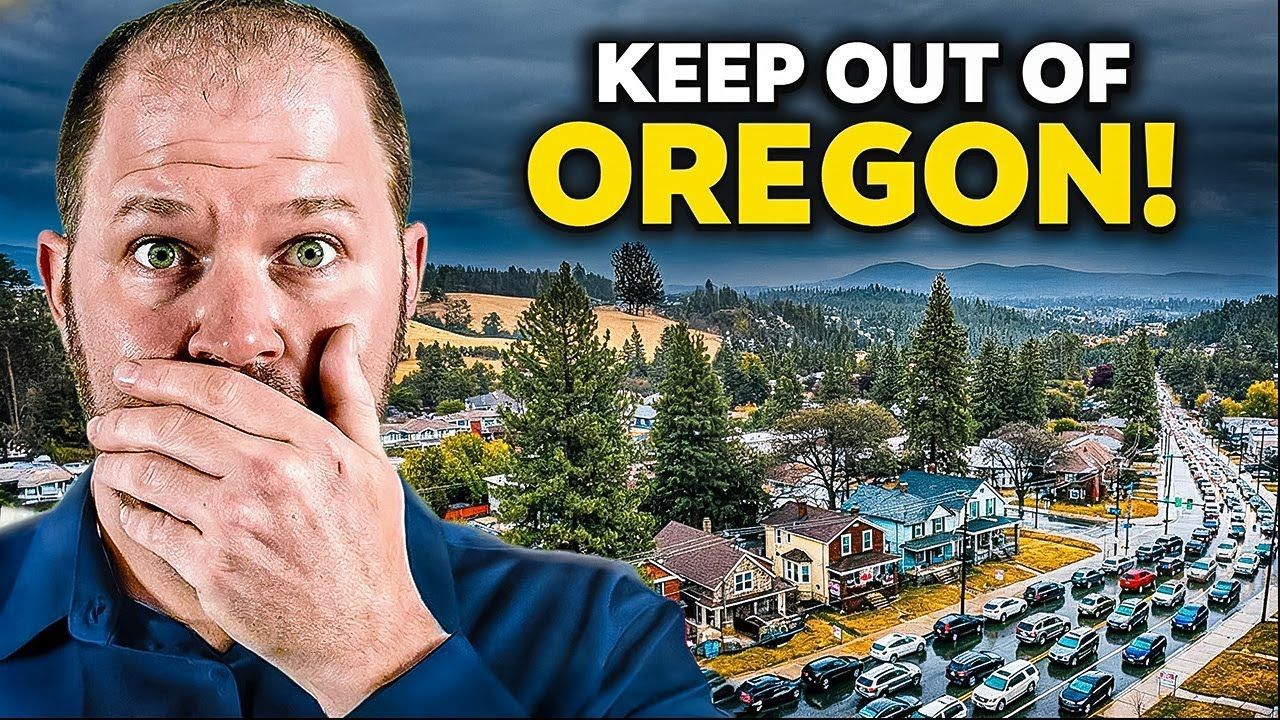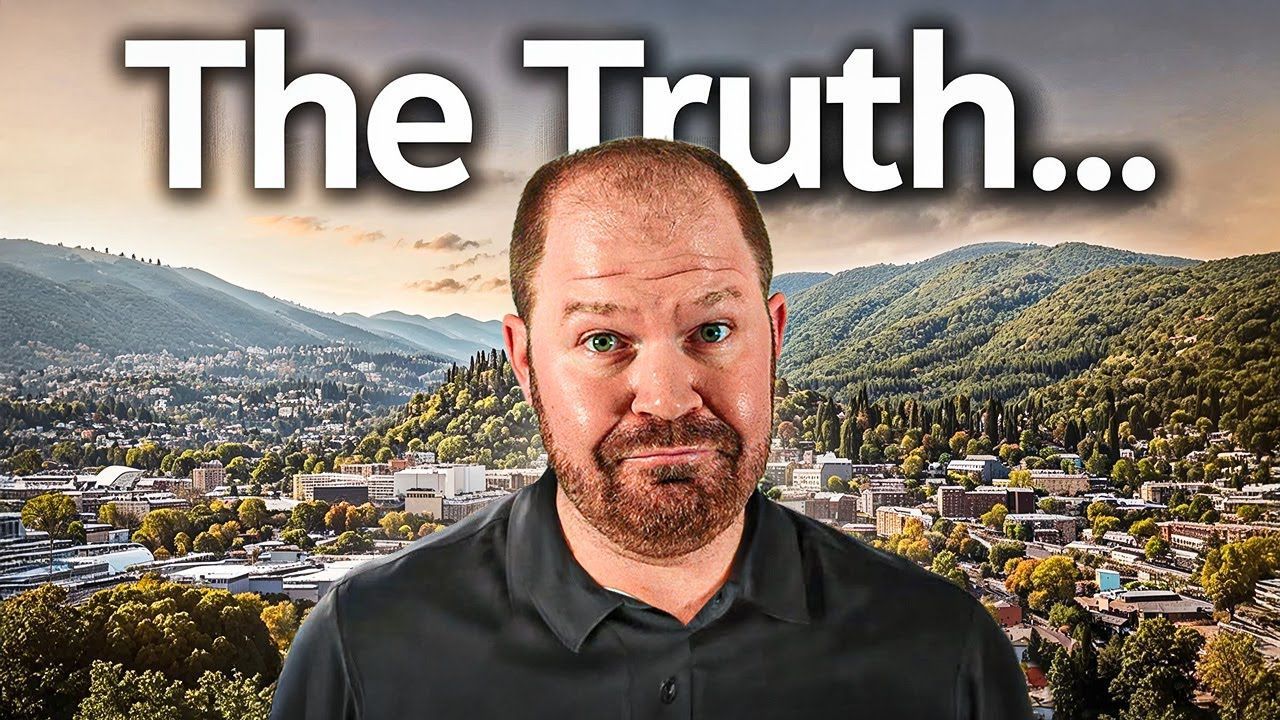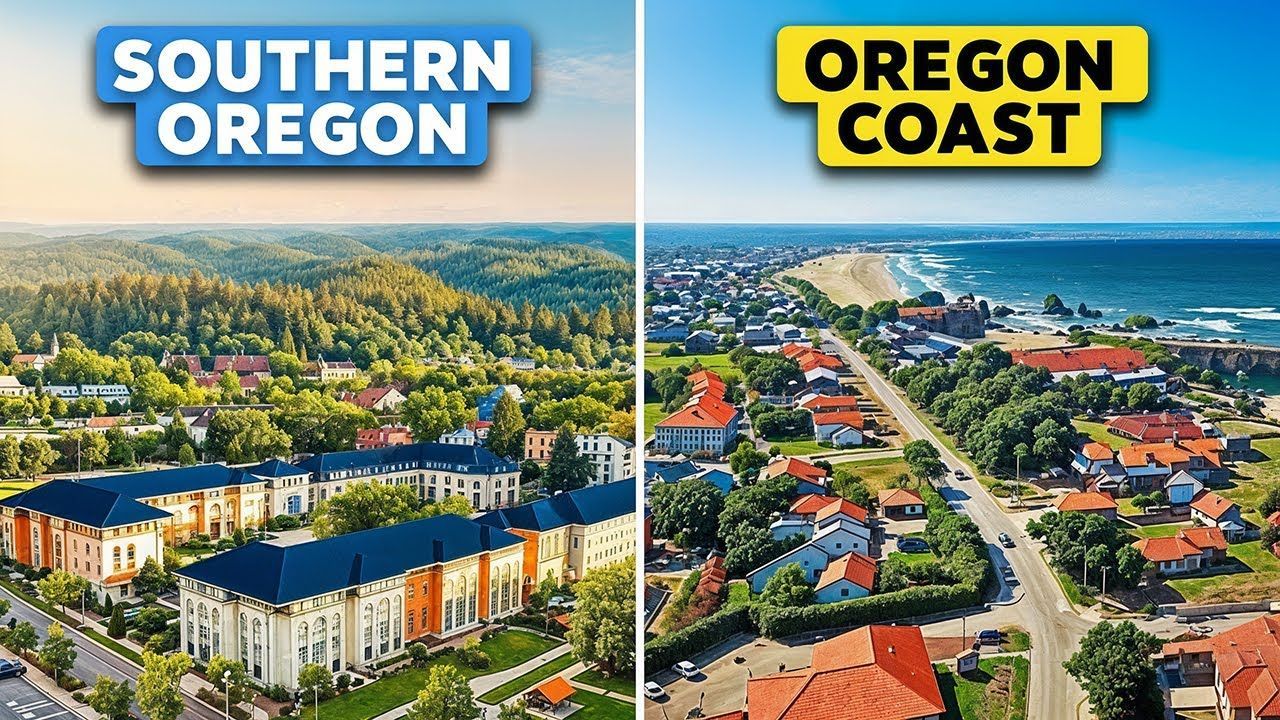Where Old Money ACTUALLY Lives in Southern Oregon
For years I've worked with buyers and sellers of the very properties I'm about to describe, so what follows is more than research—it's firsthand experience. In this article I’ll map out where the region’s legacy wealth is concentrated, why these neighborhoods and properties command premium prices, and what you should know if you’re thinking about buying into Southern Oregon’s “old money” enclaves.
Table of Contents
- Introduction: Legacy Wealth Hidden in Rivers, Ranches, and Historic Towns
- Riverfront Estates: Where Wealth Meets the Water
- Ranch Properties: Generational Compounds and Working Land
- Ashland: Cultural Capital Meets High-End Real Estate
- Jacksonville: Gold Rush Architecture and Timeless Charm
- Why Southern Oregon Often Flies Under the Radar
- How to Approach Buying Legacy Properties in Southern Oregon
- FAQ
- Conclusion: Southern Oregon’s Timeless Opportunity
Introduction: Legacy Wealth Hidden in Rivers, Ranches, and Historic Towns
When most people picture Oregon’s affluent neighborhoods they think of flashy resorts, mountain retreats, or rapidly growing places like Bend and Portland suburbs. In Southern Oregon, though, some of the region’s highest-value properties are subtler—hidden along the Rogue River, spread across expansive ranchlands, or tucked into preserved historic towns like Ashland and Jacksonville. These aren't cookie-cutter luxury developments. They're generational holdings, rebuilt family compounds, and cultural enclaves that have accumulated value over decades—sometimes well over a century.
Riverfront Estates: Where Wealth Meets the Water
One of the most evocative—and valuable—types of properties in Southern Oregon are the riverfront estates along the Rogue and other waterways. These parcels frequently started life as modest cabins or working farmland when the valley was first settled in the mid-1800s. Families held on to the land, passed it down through generations, and over time modest structures were renovated—or replaced—to become true riverfront estates.

Why buyers love riverfront living
- Direct river access and private docks
- Day-to-day outdoor recreation: fishing, kayaking, boating
- Privacy, serenity, and spectacular views
- Close enough to Medford and Grants Pass for services and entertainment
- Architectural variety: from restored cabins to modern-rustic estates
Living on the river offers a slower-paced, nature-driven lifestyle that appeals to retirees, families, and remote professionals alike. There’s something uniquely valuable about being able to finish your workday and go put a line in the water—daily access to river recreation isn't something you can replicate in a suburban subdivision.
Market realities: pricing and availability
Riverfront property in Southern Oregon is desirable—and priced accordingly. The median riverfront property is just over $800,000, which might sound accessible until you realize that figure includes older, unrenovated cabins that still sit on river frontage. True riverfront estates—the ones with substantial improvements, docking, privacy, and acreage—regularly enter the multi-million-dollar range. It’s common for standout properties to be sold off-market before they ever appear in the MLS.
Opportunities and pitfalls
If you’re drawn to riverfront acreage, here are the practical elements to keep front of mind:
- Flood zone and elevation: Waterfront properties can be subject to seasonal changes and floodplain designations—obtain flood maps and elevation certificates.
- Riparian rights and water access: Clarify the legal access to the river and any easements or public access points nearby.
- Septic, wells, and utilities: Older river cabins often have outdated septic systems or private wells that require inspection and potential upgrades.
- Insurance: Flood and wildfire risk insurance can affect operating costs and insurability.
- Off-market purchasing: Many premium riverfront parcels trade privately; having a well-connected local agent is a big advantage.
Ranch Properties: Generational Compounds and Working Land
Move a little further from town and you enter a different legacy: working ranch properties that have become the backbone of multi-generational wealth in the Rogue Valley. These parcels often began as cattle ranches, orchards, or timber holdings. As families retained ownership, the acreage increased in inherent value and, in many cases, evolved into self-sufficient estates.

What you typically find on a legacy ranch
- Main ranch house (distinct from mid-century ranch-style suburban homes)
- Additional dwellings: staff homes, guest cottages, or family units
- Outbuildings: barns, equipment sheds, hay storage
- Equestrian facilities: arenas, stables, round pens
- Irrigation infrastructure: ditches, pumps, and gated pipe
- Vineyards or hobby farms in some cases
Lifestyle and buyer profiles
Ranches attract buyers who want privacy, space, and a lifestyle centered on land stewardship. Many owners see ranch life as a labor of love—feeding cattle and moving irrigation pipe can replace gym routines. Buyers include:
- Families seeking a multi-generational compound
- Equestrian enthusiasts
- Wine hobbyists and small-scale vintners
- Buyers seeking privacy and self-sufficiency
Price range and complexity
Ranch parcels are large, so prices reflect acreage, improvements, water rights, and access. For properties over 100 acres the median price can approach a million dollars, and top-end ranches have sold in the $3–$5+ million range. These properties are complex: water rights, grazing leases, conservation easements, and agricultural tax designations can all influence value and transferability.
Key due diligence items for ranch buyers
- Water rights and irrigation: Confirm legal water sources, priority dates, and any shared ditch associations.
- Soil and land use: Understand soil quality for pasture or vineyard use and any zoning restrictions.
- Access and road maintenance: Private roads and gates may be subject to owner maintenance or shared agreements.
- Environmental constraints: Wetlands, endangered species habitat, or conservation easements can limit development.
- Tax implications: Agricultural exemptions can lower property taxes but require ongoing compliance.
Ashland: Cultural Capital Meets High-End Real Estate
Ashland stands out as Southern Oregon’s cultural crown jewel. Home to Southern Oregon University and the Oregon Shakespeare Festival, Ashland built a national reputation as a small town with world-class arts and education. That reputation draws an upscale, culturally engaged population that values walkability, parks, and boutique dining—along with historic and custom homes.

Housing stock and neighborhoods
Ashland offers a rich mix of housing types:
- Victorian and Craftsman-era homes in historic neighborhoods
- Bungalows and smaller single-family residences near the college
- Custom luxury homes and eco-friendly mansions in the hills
- Walkable downtown condos and townhomes for those seeking low-maintenance living
Why buyers choose Ashland
- Deep cultural life: theaters, galleries, festivals
- Excellent community engagement and civic pride
- Access to nature without sacrificing downtown amenities
- Strong appeal to professionals, academics, and retirees
The median home price in Ashland for single-family residences hovers around $615,000, but that figure includes student-rental neighborhoods near the university. Desirable historic homes and premium hillside estates commonly exceed the million-dollar mark, especially when you factor in lot size, historic character, and proximity to downtown amenities.
Jacksonville: Gold Rush Architecture and Timeless Charm
Jacksonville is a preserved 19th-century gem with roots firmly planted in Oregon’s gold rush. In the 1850s Jacksonville was once the financial hub of the region; the railroad ran through town and much of the historic architecture has been preserved, earning parts of the town designation as a national historic landmark.
What makes Jacksonville desirable
- Authentic historic architecture and thoughtfully preserved streetscapes
- Close-knit community events and strong neighborhood pride
- Proximity to wineries and agritourism
- Small-town feeling with convenient access to Medford and Ashland
Median home prices in Jacksonville have been around $650,000, but in reality it’s increasingly difficult to find a well-kept single-family home for under $750,000. Historic properties, larger lots, and homes with modernized systems are the ones that climb into the million-dollar neighborhood.
Why Southern Oregon Often Flies Under the Radar
Compared with markets like Bend or greater Portland, Southern Oregon doesn’t get the same national press for lifestyle or price appreciation, and that’s part of the appeal for many buyers. The region quietly houses enormous value—legacy riverfronts, sprawling ranches, and towns with real cultural capital—without the high-profile hype that can drive speculative buying.
That quieter profile means you can find true legacy properties and historic estates that feel like they belong to a different era—properties that in other states might have become congested developments. For buyers who value heritage, privacy, and a tangible connection to the land, Southern Oregon can be a rare sweet spot.
How to Approach Buying Legacy Properties in Southern Oregon
Purchasing riverfront estates, ranches, or historic homes is different from buying a standard suburban property. These transactions require deeper local knowledge and a team that understands the nuances of land, water, and preservation.
Assemble a local-savvy team
- A local real estate agent: Someone with deep rostered relationships and knowledge of off-market opportunities—many legacy properties trade privately.
- Specialized inspectors: Inspectors who understand septic systems, irrigation lines, historic foundations, and wildfire mitigation.
- Land attorney or title company: To clear easements, deed issues, conservation restrictions, and water rights.
- Lender experienced with rural and legacy properties: Loans on properties with multiple dwellings, agricultural income, or large acreage can require specialized underwriting.
- Ranch or property managers: If you’ll be absentee or prefer not to handle day-to-day chores, good management is essential.
Important due diligence checklist
- Title search for easements, deed restrictions, and historical covenants
- Water rights verification (priority dates and usage)
- Flood zone mapping and elevation certificates (for riverfronts)
- Septic and well inspections; locate potable water sources
- Fire risk assessment and mitigation plan
- Historic preservation constraints if the property is in a district like Jacksonville
- Survey and boundary confirmation
- Tax records and agricultural exemptions
Financing nuances
Legacy properties sometimes require non-standard financing. Agricultural or commercial tracts may not qualify for traditional conforming loans, and lenders will want to see income documentation for any commercial components (e.g., active vineyards, leased grazing). Work with a lender who understands rural lending, USDA loans (if applicable), and portfolio lenders who can handle unique collateral profiles.
FAQ
How much do riverfront properties cost in Southern Oregon?
The median riverfront property is a little over $800,000 when you include older cabins. True renovated riverfront estates commonly reach into the millions, depending on acreage, improvements, and river access.
Are ranch properties expensive?
Yes—ranch properties of 100+ acres often have median prices approaching a million dollars, and high-end ranches have sold for several million dollars. Value is driven by acreage, water rights, improvements, and location.
Why are Ashland and Jacksonville considered wealthy enclaves?
Ashland’s cultural institutions (Oregon Shakespeare Festival, university) attract affluent, educated residents who value arts and quality of life. Jacksonville’s gold rush history, preserved architecture, and boutique wine culture have created a prestigious, historic small-town atmosphere—both locations command premium prices for desirable properties.
How common are off-market sales with these legacy properties?
Very common. Many riverfronts and ranches are sold privately before they reach MLS. Having an agent with long-standing local relationships significantly increases your chances of hearing about off-market opportunities.
What are the biggest risks when buying riverfront or ranch property?
For riverfronts: flood risk, riparian rights confusion, and insurance costs. For ranches: water rights issues, land-use restrictions, and complexity of maintenance. Wildfire risk is a significant concern across Southern Oregon and should be evaluated closely.
Can I convert historic property or agricultural land for other uses?
Possibly, but conversion is heavily influenced by zoning, historic preservation regulations, water rights, and environmental constraints. Always check local planning departments and consult a land-use attorney before assuming conversion will be allowed.
Are there financing options specific to these property types?
Yes—work with lenders experienced in rural and non-standard loans. Some buyers use portfolio lenders, agricultural loans, or jumbo mortgages depending on the property’s profile.
How do I start looking for these types of properties?
Start by connecting with a local agent who specializes in riverfront, ranch, and historic properties. Ask about off-market inventory and request targeted searches for water rights, acreage, and historic districts. And if you don’t have an agent yet, our team would be happy to help you get started.
VIEW HOMES FOR SALE IN SOUTHERN OREGON
Conclusion: Southern Oregon’s Timeless Opportunity
Southern Oregon offers a powerful combination of heritage, natural beauty, and legacy wealth that’s unlike many other places. Whether you’re drawn to the meditative calm of riverfront living, the self-sufficient privacy of a working ranch, or the cultural riches of Ashland and the historic charm of Jacksonville, there are authentic opportunities for buyers who value legacy and lifestyle over flash.
If you’re curious about exploring this market, or if you’re ready to search for riverfront estates, ranch land, or historic homes in Ashland or Jacksonville, I’d love to help. I’ve spent years working with buyers and sellers in these exact neighborhoods and asset classes. You can reach me directly—call or text 541-954-7758, or email brian.simmons@exprealty.com. I also maintain a relocation guide that summarizes towns across Southern Oregon if you’d like a compact resource to start your research.
Thanks for reading—if you value heritage, privacy, and the kind of real wealth that’s grown from land and community, Southern Oregon might be the unexpected place you’ve been looking for.
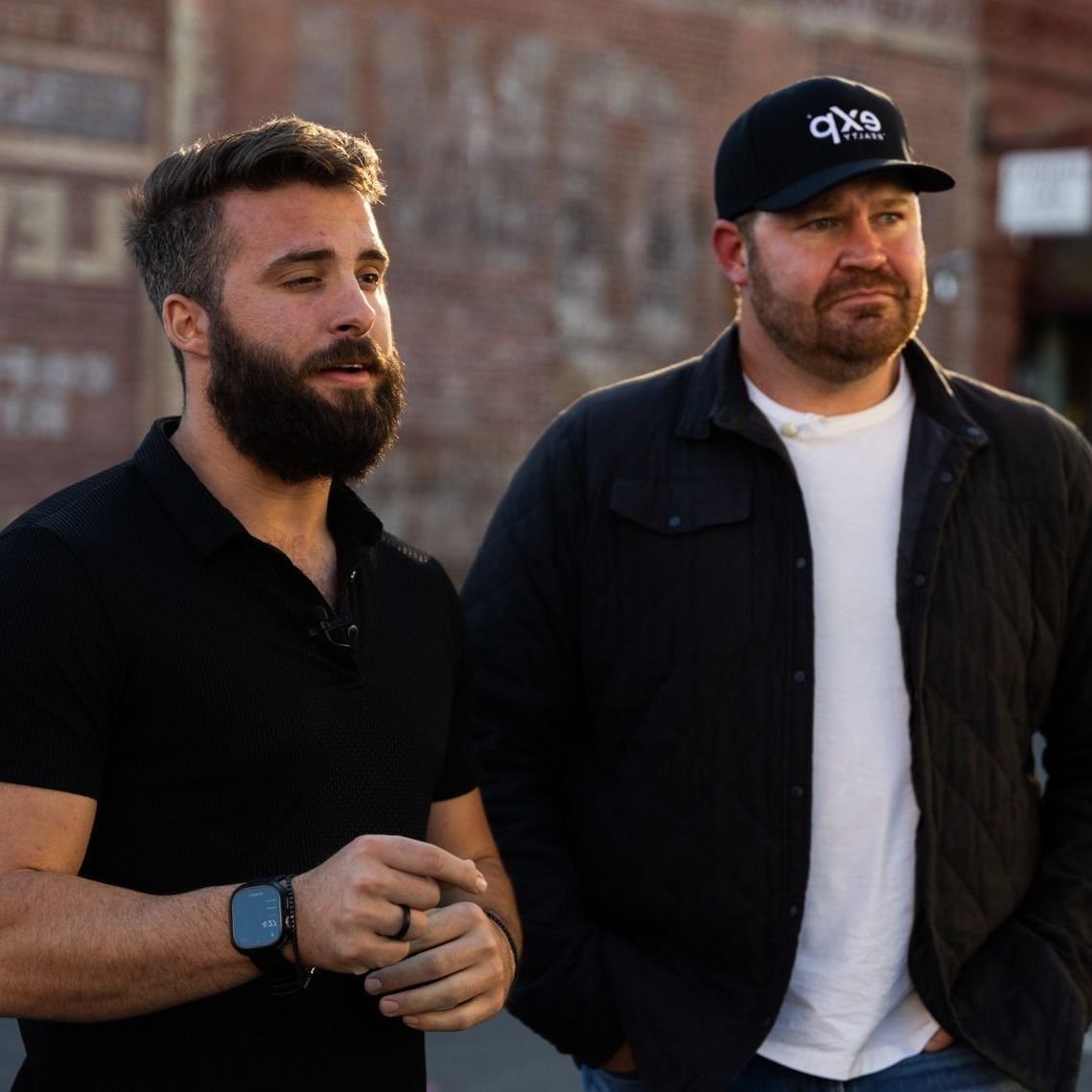
Buying Southern Oregon
At Buying Southern Oregon, we are a dynamic team dedicated to helping you achieve your real estate goals. Combining Brian Simmons’ deep market expertise and Josh Berman’s strong negotiation skills, we provide personalized service and local knowledge to ensure a seamless and rewarding experience. Whether you’re buying, selling, or relocating, we’re here to guide you every step of the way and make your Southern Oregon real estate journey a success.

